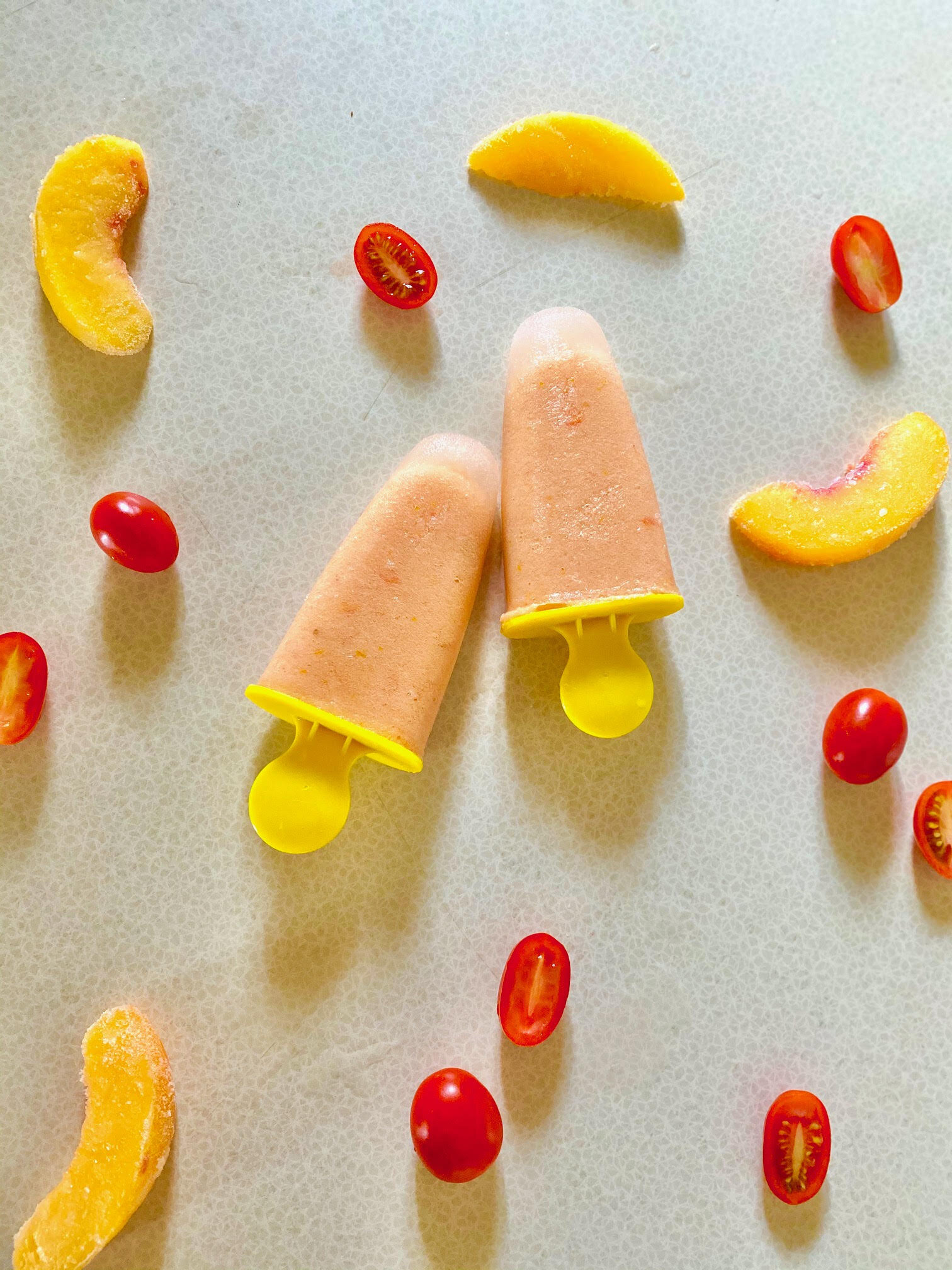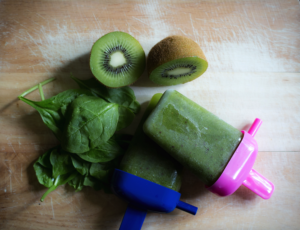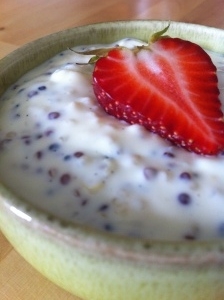I’ve been doing workshops for parents on picky eating for 8 years now. At every single picky eater seminar there is one strategy that always causes resistance with the parents in the audience. I continue to share it because it’s a very powerful strategy for minimizing picky eating. Yet I can almost hear the thud it makes when I describe it and it lands on the floor. The problem for which it’s a solution? How to get kids (particularly toddlers and preschoolers) to stay at the table for meals. It’s the solution for meals that go on and on forever because your child sits down, takes one bite, then pops up from the table to do something terribly important, then returns to the table, takes another bite, pops up from the table (and so on and so on).
So, what’s this successful, but unpopular strategy? Create a rule that all meals and snacks are eaten when sitting down. In other words: Stop. Eat. Then Continue On. Yes, I do mean snacks too. You may wonder why I continue to share this strategy knowing that it’ll be so unpopular. I share it because it really is successful for supporting kids to do a good job of eating. If we allow the common practice of letting kids eat snacks “on the run”, i.e. while in the car, in the stroller, you chasing them around the house spooning bite after bite into their mouths, we’re teaching kids that there is an alternative to sitting still at a table to eat. As seen through a toddler’s or preschooler’s eyes:
“Why is it that sometimes can I eat while playing. But other times I’m told that I have to stop playing and sit at a table to eat (which is bo-ring).”
Create the expectation that all meals and snacks are eaten sitting down. In families who set this expectation, kids come to the table when called. They eat. Then, they continue on with their day (i.e. go back to playing). Meals and snack go much more smoothly and are less stressful because the kids aren’t constantly getting up from the table.
I understand the initial resistance that you may have to this strategy. In our super busy lives, how are we supposed to carve out time to stop and eat snacks? And it seems like I’m saying that you can never leave the house again, because you always need to be home to give snacks. Not true. Let me clarify.
Does this mean that you never get to leave the house again? No. In the summer this is especially easy. Stop at the park bench, picnic table, or spread out a blanket and enjoy a snack. Use similar ingenuity at indoor locations. For example, you can stop at the bench in the recreation centre foyer or use a table at the food court at the mall.
The important point is to stop. Don’t feed your child in the stroller, car seat, etc. And, don’t hand out a snack while your child continues playing. I know that it’s tempting to do so in our busy lives. But, it sets you up for more battles at meals and snacks. What seems like an efficient use of time in the immediate, actually costs you more time in the long run. In families who establish the stop-to-eat expectation, meals and snacks are very quick. And, they are much more pleasant. When it’s meal and snack time the kids simply get down to the business of eating.
Simply put: Stop. Eat. Then, continue on.
Get more successful picky eater tips. Sign-up for my e-newsletter today.




























